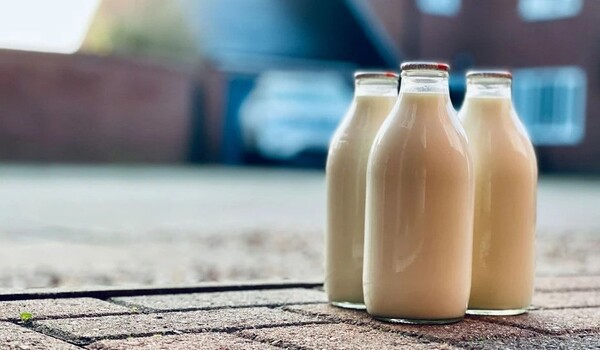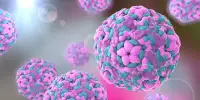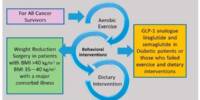Researchers discovered no pathogenic virus in the pasteurized milk samples tested for H5N1.
In March 2024, dairy cows in Texas were confirmed to be infected with highly pathogenic avian flu, or H5N1 bird flu, in the first known example of virus transmission to cattle. According to the Centers for Disease Control and Prevention, H5N1 has been discovered in approximately 200 animals, as well as three people, in 12 states. The virus was quickly found in raw milk, prompting researchers to investigate whether dairy products constitute a risk to consumers.
“How far is the virus getting through?” said Erica Spackman, Ph.D., a virologist with the United States Department of Agriculture (USDA) in Athens, Georgia. To find out, she and her colleagues sampled roughly 300 milk products from 132 processors.
Spackman and her colleagues write this week in the Journal of Virology, a journal published by the American Society for Microbiology, that they discovered no infectious virus in the samples. “Milk is safe,” she explained. “Just like bacterial pathogens that occur in milk, or other viruses that could occur in milk, the sanitation processes that are in place are getting rid of the pathogens.”
We did a viability assay to detect live virus and went as sensitive as we could to get even the least little bit of virus, but couldn’t detect anything. Using PCR, the researchers did identify viral genetic material in 20% of samples. “It looks like the virus is just totally inactivated.
Erica Spackman
The milk processing pipeline includes multiple layers of protection, Spackman said. Microbiological surveillance of milk products can identify pathogens, and milk from cows with mastitis or other disease conditions does not enter the food supply. Finally, heating during the pasteurization process can destroy H5N1 and other, more common bacterial pathogens.
Bird flu primarily infects and spreads among migratory birds and can be transmitted to domestic poultry, but the virus has been detected in other animals as well. Recently, those have included cats, dogs and juvenile goats, as well as a polar bear in Alaska and elephant and fur seals in the Antarctic. However, the discovery of H5N1 on dairy farms in March was a surprise — the virus had never been found in dairy cattle before.

Soon after the discovery, diagnostic tests confirmed that an infectious form of the virus was found in raw milk, implying that the virus spreads from cow to milk. That finding prompted the US Food and Drug Administration and the USDA to explore whether pasteurization effectively removed consumer dangers. Between April 18 and April 22, 2024, researchers utilized real-time PCR to evaluate 297 pasteurized retail milk samples from 17 states, including 23 different types of products.
“We did a viability assay to detect live virus and went as sensitive as we could to get even the least little bit of virus, but couldn’t detect anything,” Spackman said. Using PCR, the researchers did identify viral genetic material in 20% of samples. “It looks like the virus is just totally inactivated,” she said.
Spackman said the new findings “give us reassurance that what we have been doing — pasteurization — is keeping us safe from what we don’t know about.”
















